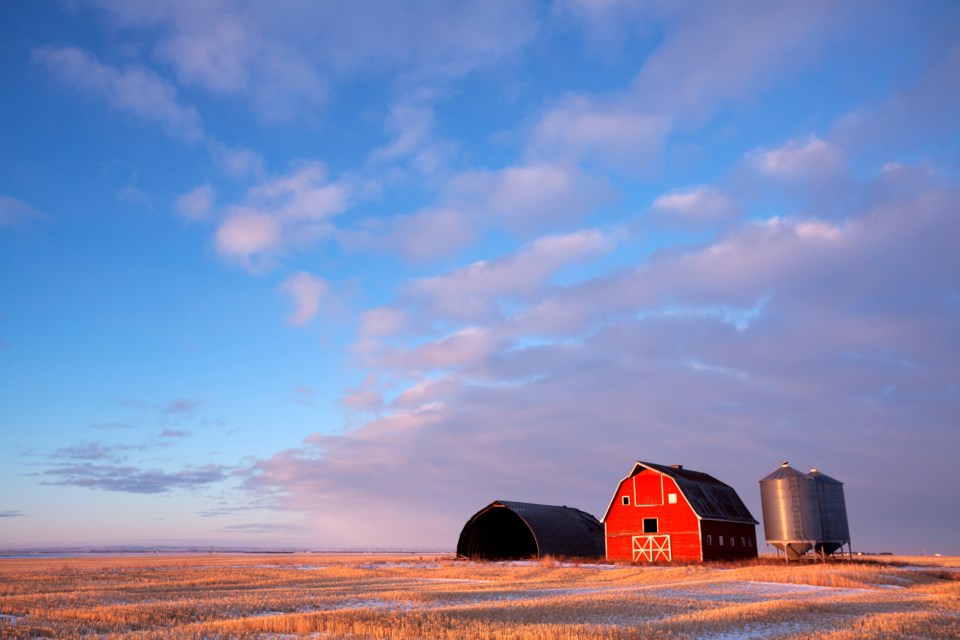ASSINIBOIA - Producers in the southwest once again struggled through an extremely dry and difficult year, as rainfall was infrequent and insufficient. Farmland in the region was plagued with drought, gophers and grasshoppers which resulted in very poor crops and pastures in most areas of the region. Some producers received small timely rains which allowed their crops and grasslands to be slightly better than what they were last year, but overall, the 2022 growing season was a disappointment. Soils were too dry for any fall fertilizer applications and some producers didn’t need to spray for weeds this fall as even they wouldn’t grow. This region is in desperate need of moisture and without any this fall they will need large early spring rains to ensure their soils can support crop germination.
Crop yields for the region are well below average with most crops yielding half of the 10-year average. Producers are very upset with the crop yields they have seen in the past four years and are hoping they see a break in the current dry spell to allow their soil moisture to replenish. While yields are poor, crop quality remains high for most crops in the region. Cereal, pulses and oilseed crops in the region are all rated to be mostly in the top two grade categories. The limited in season rain meant there was little downgrading to disease.
Crop, hay, and pastureland have all been depleted of their soil moisture, and many producers are worried about next year. It has also resulted in unsafe water quality and alarmingly low water levels in dugouts and sloughs. Cropland topsoil moisture is rated as two per cent adequate, 25 per cent short and 73 per cent very short. Hay and pasture land topsoil moisture is rated as 22 per cent short and 78 per cent very short.
For livestock producers, it was another season of frustrating hay yields, resulting in a further reduction of winter feed supplies and herd size. Producers who need to buy feed are hard pressed to find it locally and must truck in feed from other parts of Saskatchewan and western Canada at great cost. Average hay yields on dry land are reported (in tons per acre) as: alfalfa 0.70; alfalfa/brome 0.60; other tame hay 0.7; wild hay 0.7 and greenfeed 1.3.
Most producers in the region have just enough feed to get them through the winter with almost no excess feed to use in case of long winter. Producers were able to take advantage of poor crops in the region and cut them for greenfeed or bale them for hay for the cold months ahead. Producers who do not have hay, straw or greenfeed in adequate quantities are looking at reducing their herds or getting out of cattle altogether.
Producers have noted concerns for livestock water supplies all season long as their dugouts and sloughs started drying up early in the summer; some producers have been hauling water all season long to ensure their cattle had access to safe and sufficient water.
Due to the extremely dry soil conditions in the region very few producers took the risk of seeding winter cereals, winter wheat seeded acres are estimated to decrease by 38 per cent while fall rye seeded acreage is estimated to fall 38 per cent. This is the largest estimated decrease in winter cereals in the province.
Farmers are busy hauling grain and bales, fixing fences and bringing cattle home.




